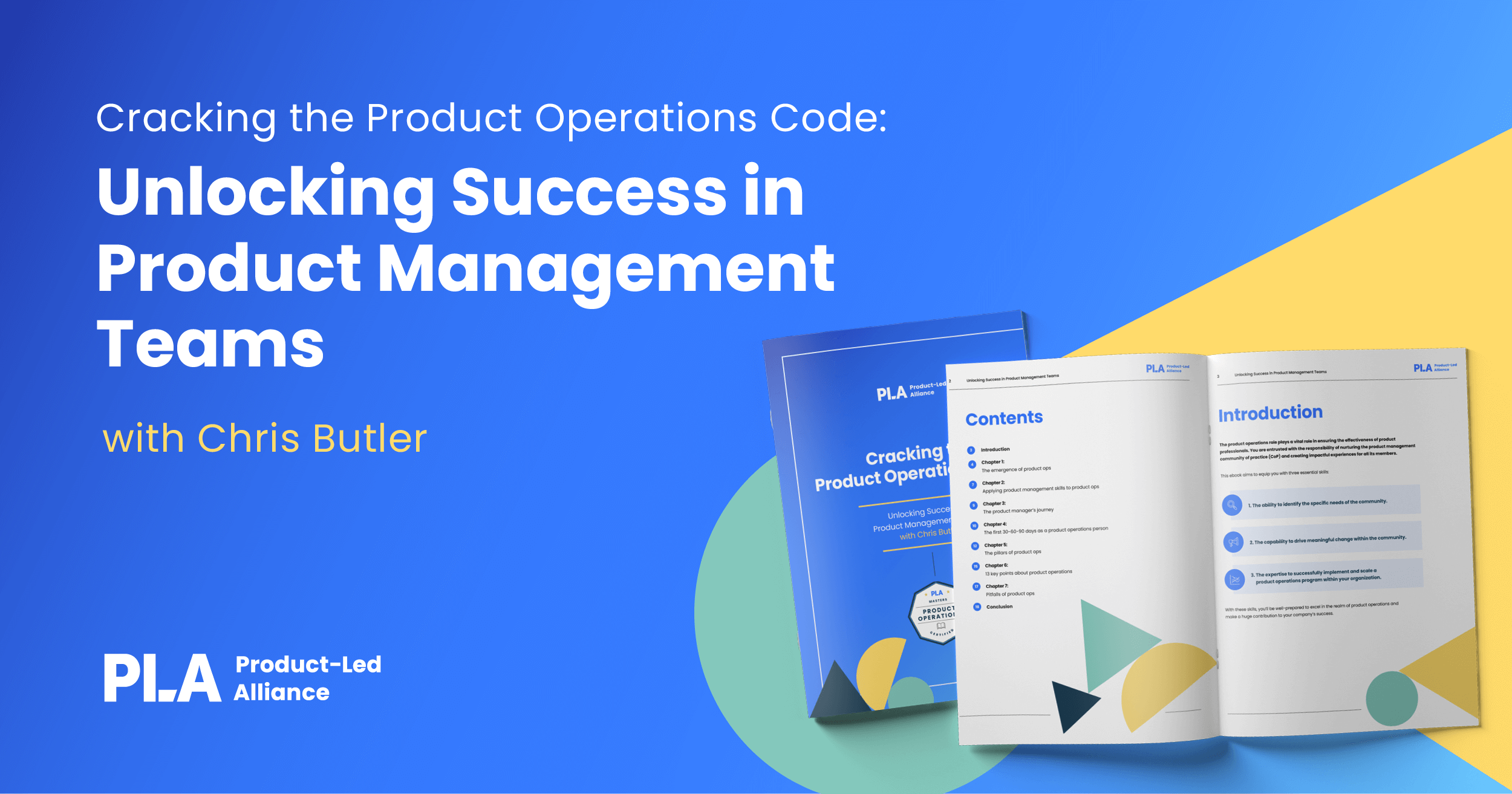Looking at the Google trends below, there’s no doubt that there’s a growing interest in product operations.
Data from the last 5 years
There are thousands of product operations-related roles out there. A quick search on LinkedIn shows that there are 73,873 product operations roles in the US alone.
Similar to many other product roles that have gained traction, product ops seems to be the shiny “new” thing, and many communities and work groups are trying to define it. There are varying opinions and arguments.
But that’s NOT what we’re going to talk about today.
I actually want to talk about product operations as the working model for a product organization rather than the role of a specialist in product operations.
I wanted to step away from all the semantics and confusion around the role to focus a bit on the machine that is a product organization.
Going back to basics
When we talk about product development, the focus is on the process to develop the product and the product in itself.
When we talk about product operations, we do a deep dive into the side of how we build the product and all the connected “systems” that keep that side of the product working.
And in many cases, the basics are clear, and there’s some kind of product development process, which is to say, there’s a way to take an idea/opportunity and work towards making it go live.
When we’re talking about a small team or a startup, the whole process is usually fairly simple and easily adjustable when needed, with very few moving parts or external influences.
However, as products grow and scale, many more factors are added to the mix.
The operations of the product organization now have processes and systems to handle people and their development, control finances, manage customer interactions, and so much more.
Even if we focus purely on the group working on the product and leave the rest to other teams, we still have to handle stakeholders, prioritization, investors, and budgets.
At this stage, even something like experimentation, which seems so simple at first, now becomes much more complex because there are various underlying systems, dependencies, or parallel experiments to contend with.
The maturity of the product organization is strongly dependent on how you handle these operational challenges, how you maintain speed and agility while scaling the team to huge sizes, how you make your decisions based on the right information, and how you hire the right people efficiently and effectively.

It’s harder than it looks
Something that folks often forget to mention is just how hard it is to achieve optimal product operations.
There are dozens, if not hundreds, of books that give advice on how to achieve product operations excellence. There’s no shortage of frameworks or principals either; new ones pop up every day.
But what they don’t tell you is that they’re all potential solutions and directions you can take in regard to the operations of your product.
The hard part is figuring out which option is best for your organization, culture, and team structure. What’s even harder is understanding where you have to make changes to achieve better results than blind implementation will achieve.
The truth is that it takes experience and the willingness to make mistakes and learn from them to actually do a good job. Many assume that they’re fully equipped for the challenge just because they know the theory.
Don’t despair
I want to be clear - it’s not an easy task, and many product leaders won’t be up to the challenge, but it’s not all bleak.
I’ve found that the product leaders who’ve managed to achieve the best results are those that have strong convictions and are receptive to learning new perspectives.
They’re able to make the hard decisions when needed but also empower their teams to make decisions and do their work.
A good product leader also builds the right team around them. They create a group that’s diverse, with both complementary and challenging profiles, and incentivize healthy discussions and constructive feedback.
And probably the most important trait is that they’re honest and admit when things aren’t going well. Or they ask for help when they aren’t sure how to approach the challenge.
Of course, you also have professionals whose sole focus is the operational part of the product, and having them on your team can actually help, especially in bigger organizations where product leaders already have so much on their plate. But that’s all I’ll say in this edition about that. 😉

Summary
- The role of product operations exists and is creating its own debate.
- Product operations is more than just a role. It’s an integral part of the organization.
- Product operations is about the function of the product organization and how they approach building the product.
- Product operations is complex and can evolve to have moving parts.
- It’s not easy, and not all are equipped to get it right.
- A good leader, however, builds better product operations in collaboration with their team.
- Because of its complexity, especially in big orgs, there’s often a reason to have dedicated people looking at this area of the organization.
Stumbled upon something you like and want more?
Mark your calendar for the Product Operations Summit on September 19 & 20 in San Francisco.
Join us there!



 Follow us on LinkedIn
Follow us on LinkedIn




